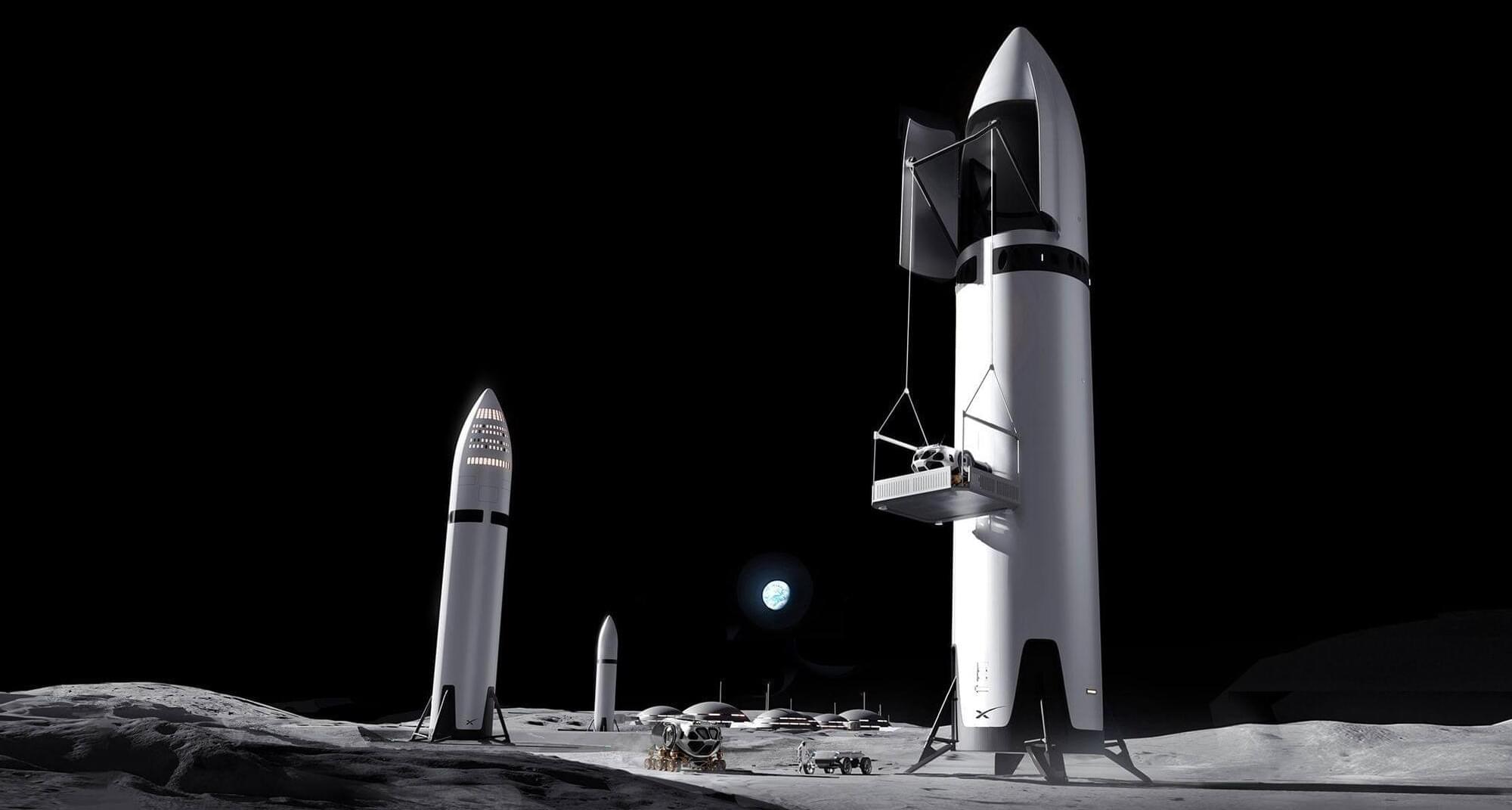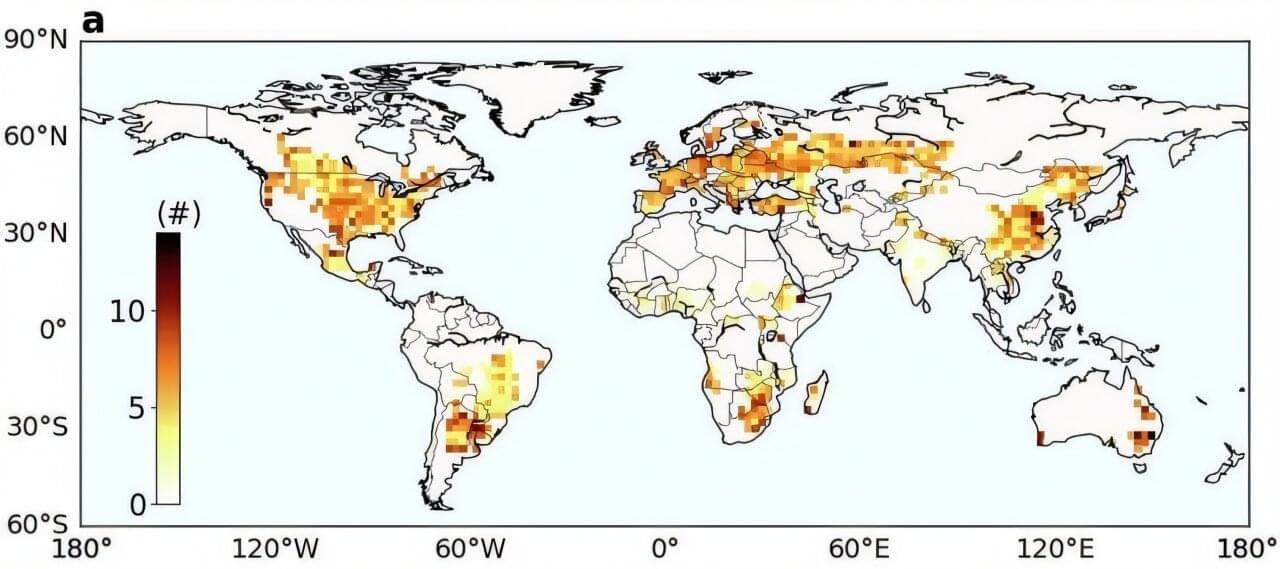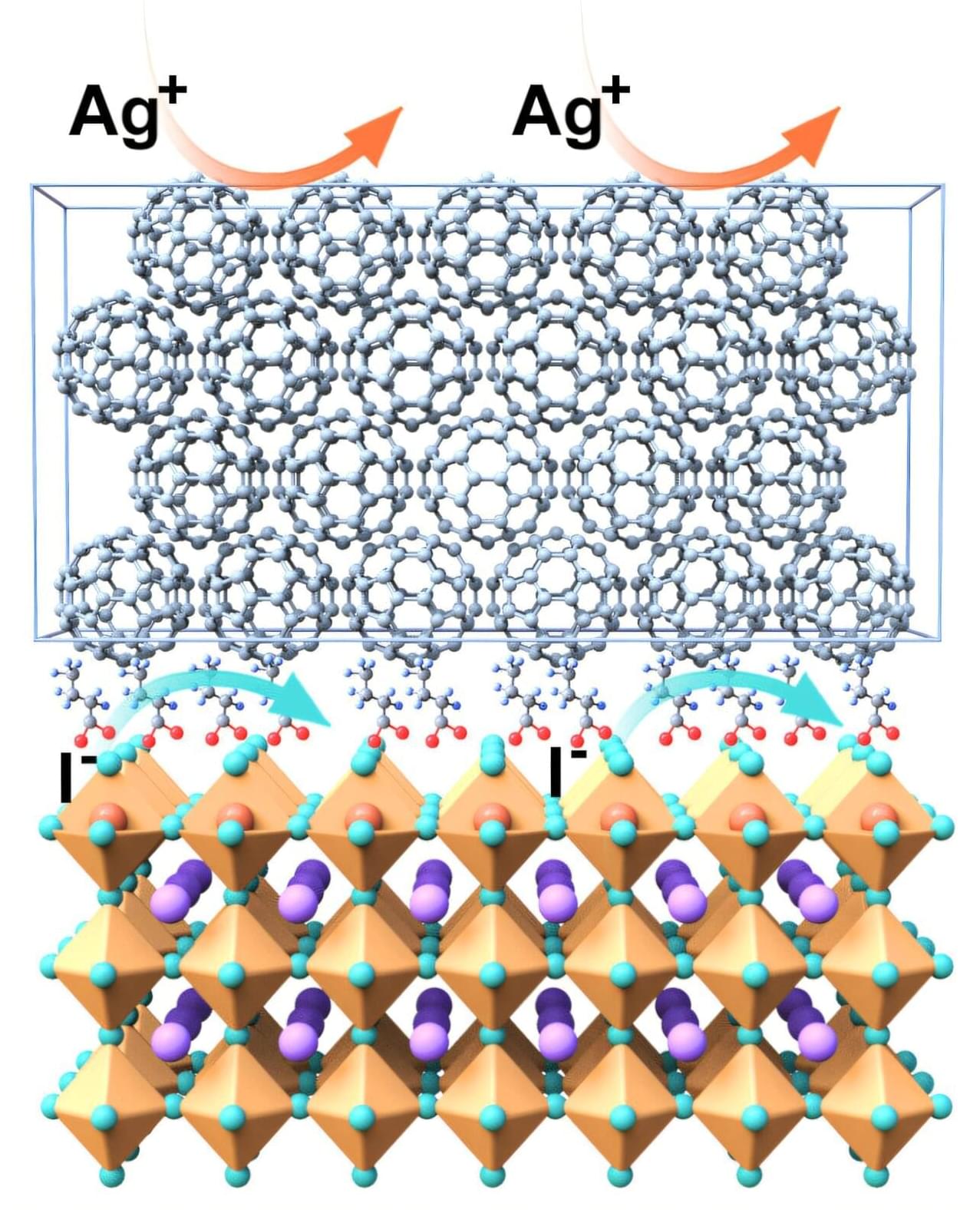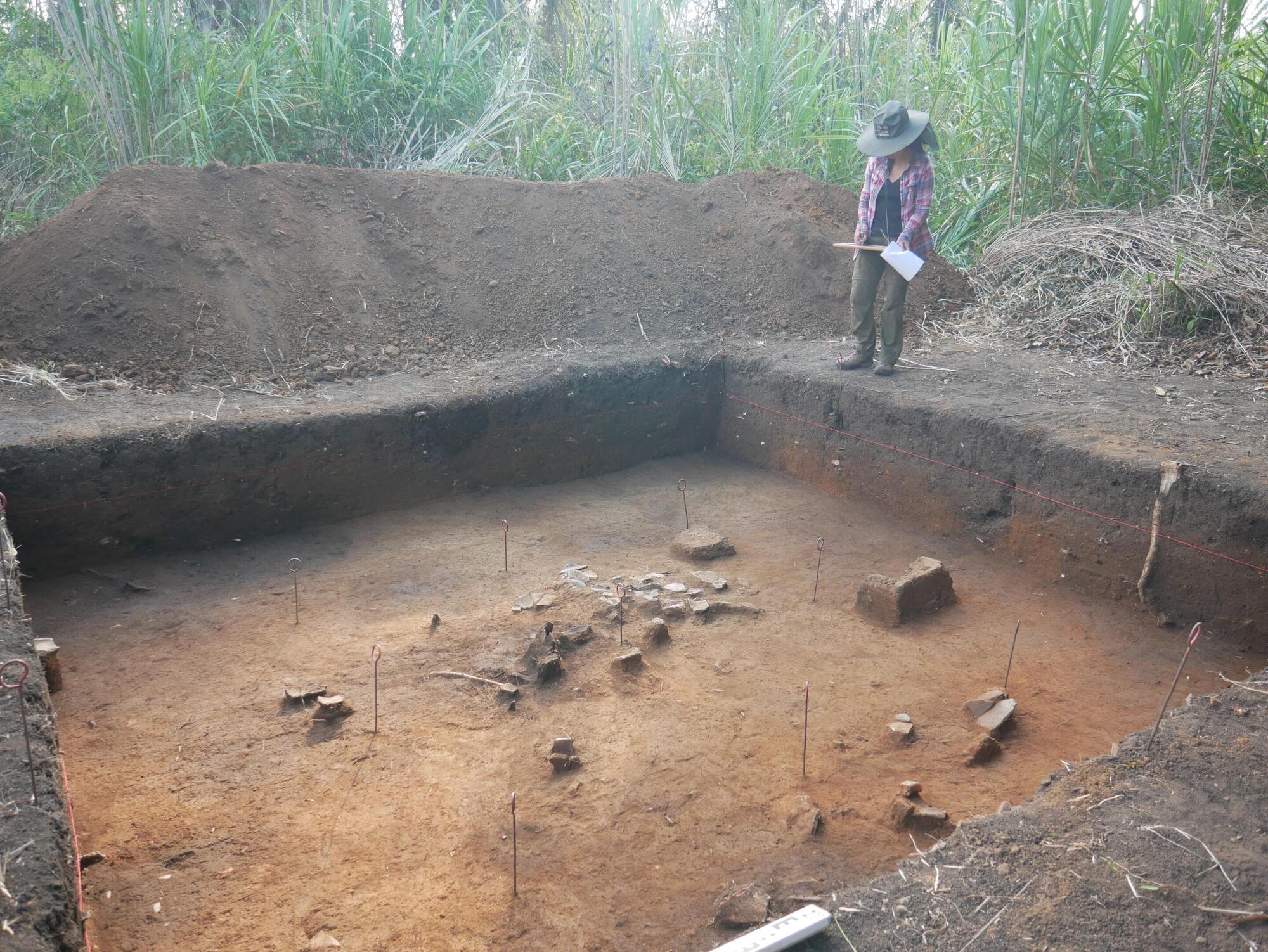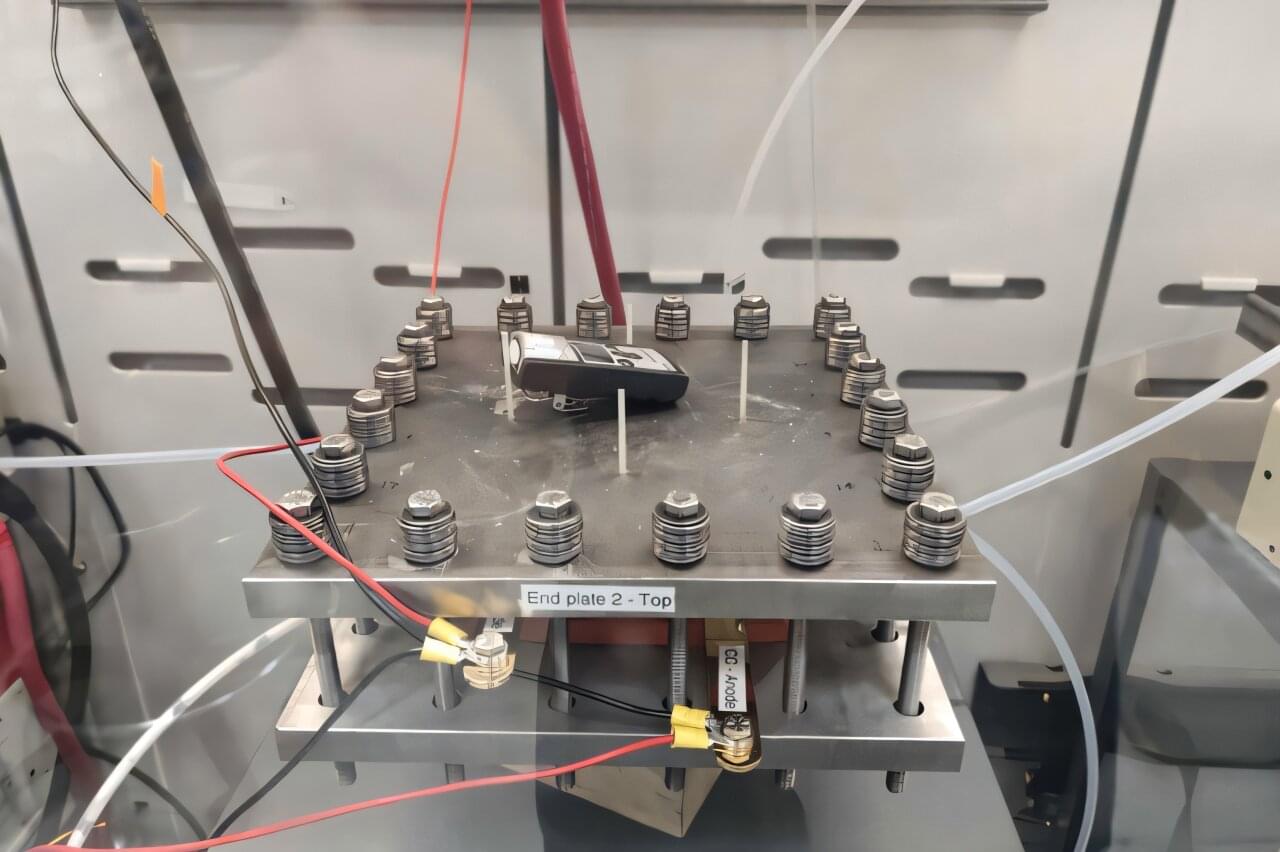My latest, part of my CA Gov run!
These cities could also confront two of California’s biggest crises: homelessness and housing affordability. We could plan from day one for low-income and permanent supportive housing, integrated into neighborhoods rather than hidden on the margins. Additionally, for young people, who have watched the dream of owning a home slip away, these new cities could offer a real future—places where the middle class can afford to live, not just survive.
Supercities would also allow us to build sustainability into the foundation of urban life. Powered by renewable energy, designed around walkability and transit, and filled with parks, green roofs and cutting-edge architecture, they could show the world that growth and environmental responsibility can coexist. California has always been a leader in innovation. Why not apply that same imagination to how we live?
This isn’t fantasy—it’s pragmatism. California’s housing shortage is measured in millions of units. Fixing that within the current system is nearly impossible. Building new cities from scratch is the cleanest, fastest way to meet the scale of the problem. It would put people to work, attract investment and reignite the sense of purpose that once defined this state.
The choice is simple: stagnation or creation. We can let our cities decay under the weight of overregulation and paralysis, or we can build new ones that embody the California ideal of progress. The state that built Silicon Valley, Hollywood and the Golden Gate Bridge shouldn’t be afraid to build again. Supercities aren’t some futuristic fantasy—they’re the bold, realistic solution California needs to revive its economy, house its people and remind the world what ambition looks like.

